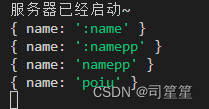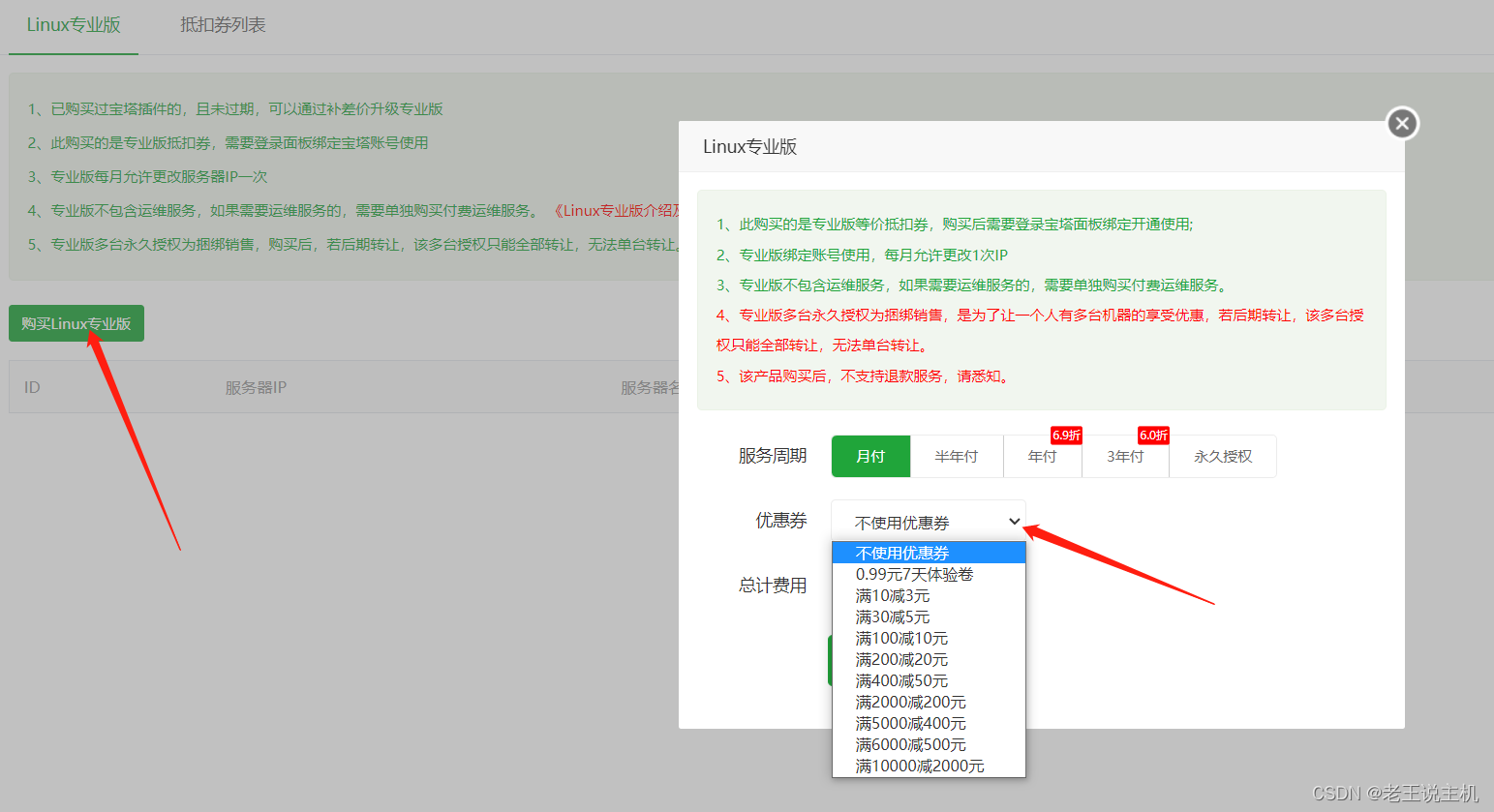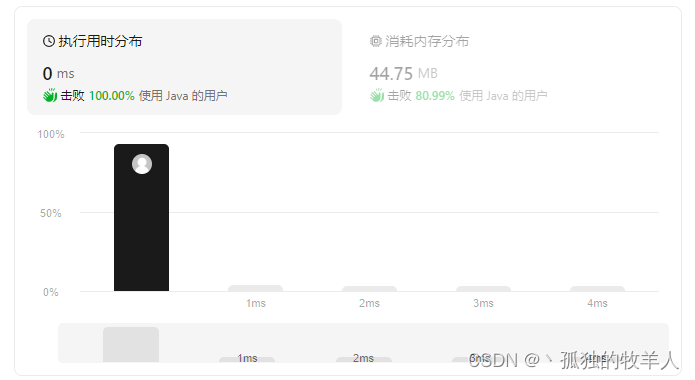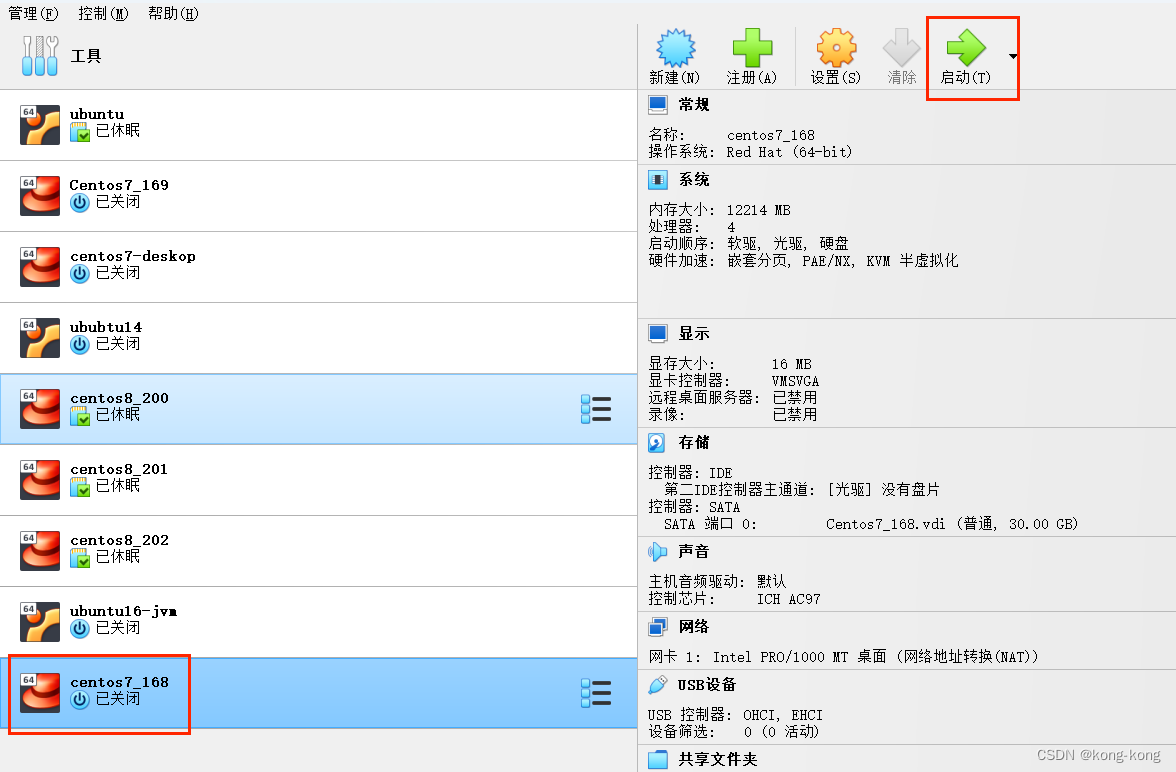param参数介绍及使用
在 Web 开发中,param 是指路由中的参数,用于捕获 URL 中的动态部分,并将其作为参数传递给路由处理函数。当定义包含参数的路由时,可以使用 param 方法来捕获 URL 中的动态部分,并将其传递给路由处理函数。
举例来说,你可以定义一个带有参数的路由,如下所示:
app.get('/users/:userId', (req, res) => {
const userId = req.params.userId;
// 使用 userId 进行相应的逻辑处理
});
在这个例子中,/users/:userId 是一个路由,其中 :userId 是一个参数,用于捕获 URL 中的用户ID。当客户端发送请求到 /users/123 时,Express.js 将捕获 URL 中的 123 并将其作为 userId 参数传递给路由处理函数。你可以在处理函数中使用 req.params.userId 来获取这个参数的值,然后进行相应的逻辑处理。
const express = require("express")
const app = express()
const path = require("path")
// 配置静态资源的路径
// public等价于http://localhost:3000/
app.use(express.static(path.resolve(__dirname, "public")))
// get请求发送参数的第二种方式
// /hello/:id 表示当用户访问 /hello/xxx 时就会触发
// 在路径中以冒号命名的部分我们称为param,在get请求它可以被解析为请求参数
// param传参一般不会传递特别复杂的参数
// app.get("/hello/:name/:age/:gender", (req, res) => {
app.get("/hello/:name", (req, res) => {
// 可以通过req.params属性来获取这些参数
console.log(req.params)
res.send(req.query)
})
app.listen(3000, () => {
console.log("服务器已经启动~")
})
在param参数里写的东西,我们都可以通过req.params拿到。




















